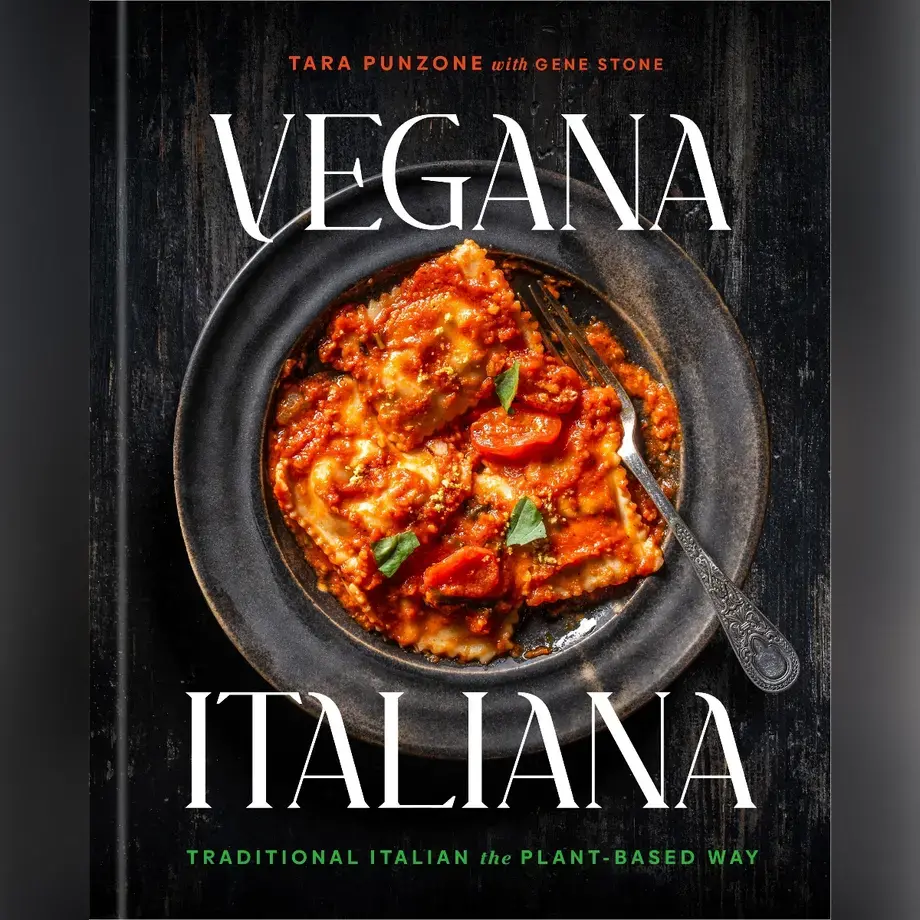When I go out to eat, I know that the way to put the chef to the test is to order something very simple: meat. Even better, ask for roast beef. You know why? Because cuts of meat that call for lengthy cooking allow us to evaluate the cook's experience, skill and the knowledge of a few rules of thumb in modern food preparation. Often, people think that a slice of meat is tender thanks to its cut. This is absolutely true. Tenderloin will always be more succulent than sirloin. But it happens that even with the same cut and type of recipe, one piece of meat can be soft as butter and another tough as an old boot. What makes the difference? A series of precautions (some easy to follow, others complex) that break down the meat's fibres, resulting in exquisitely tasty and easily digested dishes.
HANGING (DRY AGING)
The most famous of these is "hanging" (dry aging), and before I speak of it, it's best you know that the description might make you queasy. The technique involves letting the meat rest for a long period of time at a temperature between 1 and 4 °C. In a word, you need to put the meat in the refrigerator for about a month. In so doing, the meat loses part of its moisture, and two types of enzymes are activated: calpains and cathepsins, which break down the muscle fibre of which the meat is composed.
The bravest among us carry out the hanging at room temperature, which takes less time. In that case, the aim is to get to the very first phase of putrefaction (this is where you might get queasy). Continuous checking of the meat and quite some experience are needed, and here too the merit of hanging at room temperature is based on calpains and cathepsins, which like all enzymes augment their activity with rising temperatures. The more active they are, the more tender the meat becomes, until a threshold of 50 °C, at which our two enzymes give us their very best, making the meat tender in very little time. However, replicating the proper conditions at home is a tough task. So why not fool the muscle fibres into tenderizing with a method that simulates "high-temperature" hanging?
LOW-TEMPERATURE COOKING
What is needed is low-temperature cooking, which I call "low cooking" for short. It is perfect for meats with little connective tissue and consists in cooking at temperatures slightly below 50 °C. With this method, especially the cathepsins are at the height of their activity and will tenderize our meat to a level that we have never seen or tasted before. In order to engage in some "low cooking", you'll need a nice piece of meat, about one and a half kilos large, plus a few seasonings: high-quality salt, pepper, minced garlic and a few tablespoons of olive oil.
Sprinkle salt over the full surface of the meat, wrap it in cellophane, and allow to rest in the refrigerator for one day. Remove the plastic wrap and season the meat with the pepper, garlic and oil. Melt some butter in a pan over medium heat, and brown the meat thoroughly on all sides. This will make the meat appetizing in appearance and aroma, besides readying it for the low cooking. If we skip this step, the temperature would not activate the Maillard reaction and the meat would remain pale and unattractive.
At this point, there are two choices: if you have an oven that can maintain a low temperature, set it to 45 °C. If not, bring the oven to the minimum temperature it can handle, then turn off the heat and wait until it goes down to 60 °C. That way, when we open the door of the oven, the temperature will descend to 45 or 50 °C. Slide the meat into the oven at mid height. According to the desired doneness, the meat will be ready in 30 to 50 minutes. If the meat is a good cut, it can be eaten as is. But we can also use this technique for a more fibrous cut that needs stewing. The described method will tenderize the meat, after which we can cook it the usual way. Roasts turn out magnificently. And now, we too know this wonderful trick.









